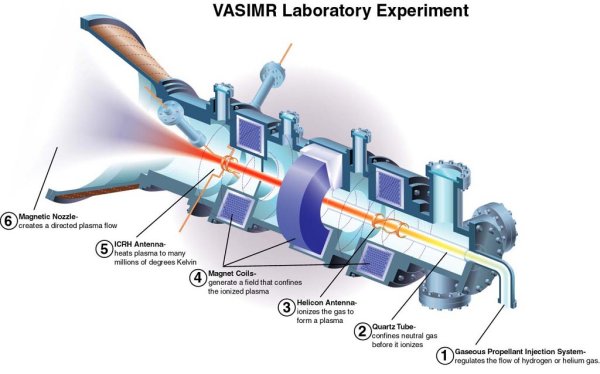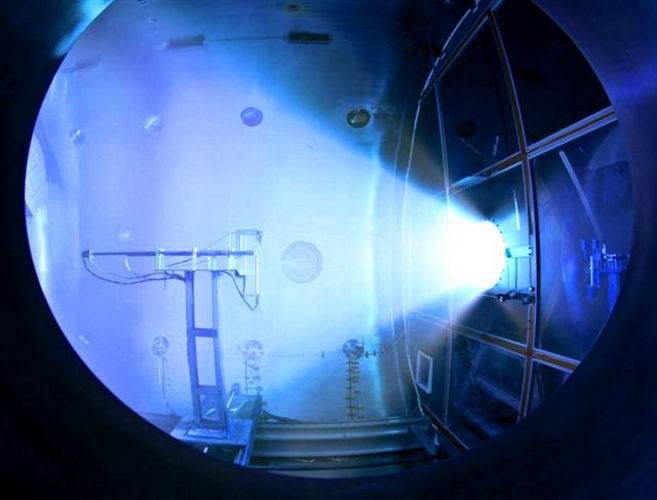Link
VASIMR Rocket Could Send Humans To Mars In Just 39 Days
If it works; then we still need to get into LEO first efficiently.
If not; then it is an advance in technology that hopefully can be built upon
/edit Corrected Verne's travel time
VASIMR Rocket Could Send Humans To Mars In Just 39 Days
A new type of rocket that could send humans to Mars in less than six weeks instead of six months or longer may be one step closer to reality.
NASA has selected Texas-based Ad Astra Rocket Company for a round of funding to help develop the Variable Specific Impulse Magnetoplasma Rocket, or VASIMR. The new rocket uses plasma and magnets, not to lift spacecraft into orbit but to propel them further and faster once they've escaped the planet's atmosphere.
It is a rocket like no other rocket that you might have seen in the past. It is a plasma rocket," Dr. Franklin Chang-Díaz, a former shuttle astronaut and CEO of Ad Astra said in a video describing the rocket. "The VASIMR engine is not used for launching things into space or landing them back but rather it is used for things already there. We call this in-space propulsion.'"
In ideal conditions, the rocket could propel a spacecraft to Mars in just 39 days.
So far, a non-nuclear prototype has been able to fire for less than a minute at a time:
The NASA contract, worth about $10 million over three years, would go toward creating a prototype that could operate at high power for a minimum of 100 hours, the company said in a news release.
If it works; then we still need to get into LEO first efficiently.
If not; then it is an advance in technology that hopefully can be built upon
/edit Corrected Verne's travel time
Last edited:





